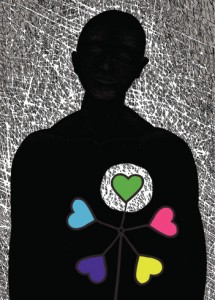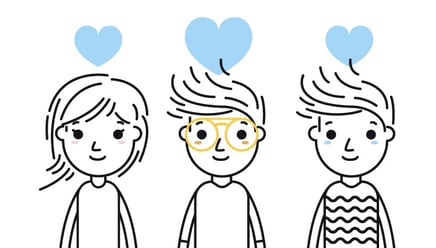Emotional Design
While a good website may be one that loads quickly and functions without a hitch, a great one incorporates the three critical elements of emotional design. The term emotional design stems from Don Norman’s book “The Design of Everyday Things,” which explains how and why “attractive things work better.” One underlying reason is the response attractive websites and products trigger at three distinct levels in our brains.
Visceral
Lizards and other simple creatures live life at the visceral level, which is the innate, automatic layer of the brain that makes immediate judgments then just as immediately alerts our muscles and the rest of our brain on its decision. It quickly tells us whether something we encounter is wonderful or woeful, cozy or cruel, or safe or dangerous. A certain website may have instantly made you feel warm and happy and you never knew why. Now you know it’s because the ui designer knew how to target the visceral.
Behavioral
Dogs and other mammals enjoy an advanced behavioral level in their brains, which is the area that takes care of daily behavior. Most of our own behavior takes place at this level, which lets us review a situation and act accordingly. This is also the area that can make us excel at learned, routine behaviors, such as typing 135 wpm or playing Chopin on piano while holding down a conversation. Websites that enjoy a user-friendly layout that makes it simple to find what we’re seeking are highly effective on the behavioral level.
Reflective
Humans and other primates leave lizards and dogs in the dust when it comes to the brain’s reflective level. While our brains still function on the visceral and behavioral levels, we get the added bonus of this highest evolutionary level of the brain. This is where all our conscious thought takes place.
It lets us reflect upon, understand and analyze things, giving us the power to devise and communicate new ideas, think about behaviors and wrap our brains around everything from complex artwork to even more complex dilemmas. The reflective level has a big impact on the other two levels, and it’s also responsible for our overall impression of a website, or anything else for that matter.
Putting the Trio Together
Every good design involves all three elements working together, Smashing Magazine notes, effectively addressing all three cognitive levels of the human brain. The visceral kicks in by immediately drawing people in with the site’s visual layout. The behavioral gets a boost with a site that works seamlessly and effectively. And the reflective level comes into play when your site provides long-term impact by being memorable and worth sharing.
Whether you intend to hire a web designer, design your own site layout, or launch a web design career, using all three elements of emotional design can result in a site that satisfies your visitors enough to keep them constantly coming back, even if they have no idea why. You and your ui designer will know the secret is emotional design.



